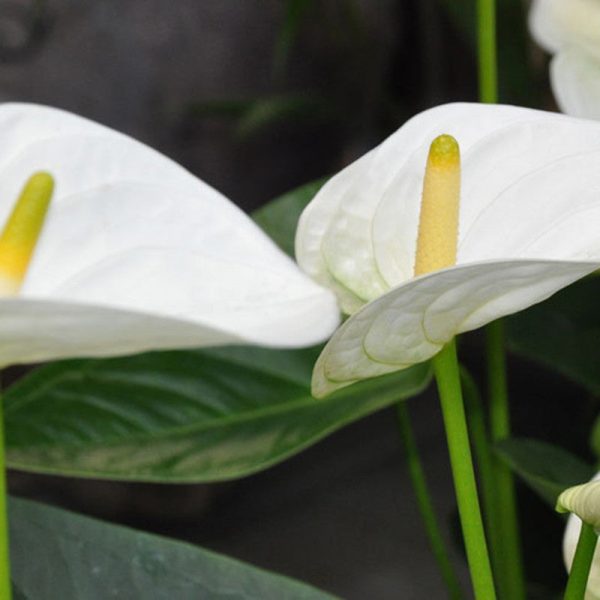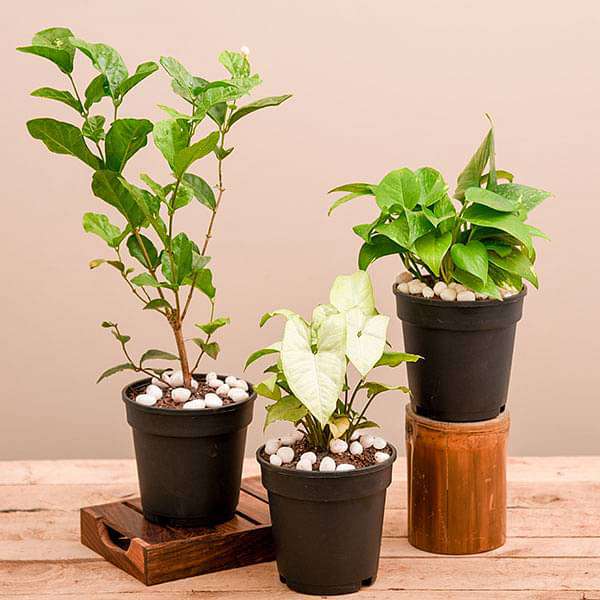One of the most temperamental plants in the houseplant community is the peace lily. Aside from its huge, glossy, deep green foliage, you can always rely on its resilience. Just like any other indoor plants, they prefer bright, indirect light but the peace lily can tolerate low to medium light settings in any home.
That is indeed a characteristic all plant enthusiasts would love to have as a plant.
Here’s everything you want to learn to care for this fabulous tropical plant.
More About Peace Lilies
The peace lily is an evergreen tropical plant that thrives in the forest, only receiving dappled sunlight with high humidity and moisture. So, replicating the environment for your indoor plants is essential.
The Spathiphyllum grows gorgeous white flowers known as a spathe. It has green glossy leaves with long flowering stems growing in different light conditions. The flowering plants belong to the Araceae family, and some plant lovers also refer to it as the spath lily.
The flower color can vary from white or yellow, and when mature and treated as an outdoor plant, it can reach up to six feet tall, while as an indoor plant, it only grows to three feet tall. Peace lily plants bloom in the early summer months and continue throughout the year.
While the peace lily is a toxin-removing plant to clean the air from carbon monoxide, it also contains toxins. Most of the time, the peace lilies are safe to handle, but it is not safe around children and pets when consumed as it is mildly toxic. All parts of the plant have insoluble calcium oxalates.
The substance can irritate the mouth, throat, and stomach. Another notable thing about the peace lily is that it is not a cold-hardy species and only grows well outdoors in warm climates. So if you live in the USDA hardiness zones, ten or eleven peace lilies grow outside.
Peace Lily Plant Care
Concerning peace lily care, it thrives as a potted plant in a tropical environment. As the temperatures are not great for growing outdoors, you can move your plant outside in summer and bring them in when temperatures drop. They grow their best by keeping the soil evenly moist in filtered light.







Reviews
There are no reviews yet.